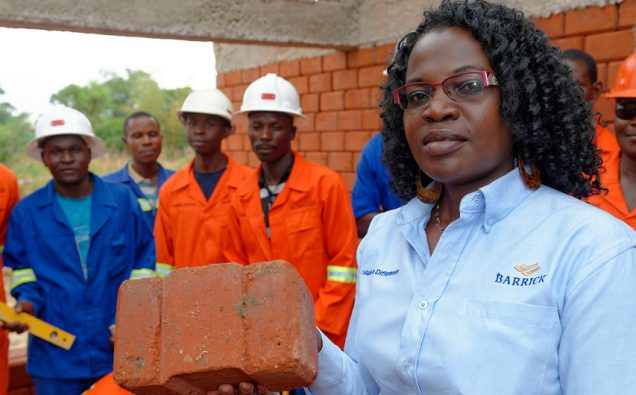
Gender diversity is emerging as a new pillar of business success as a new study reveals that companies employing women in top positions perform as much as 20 percent better than enterprises with less ratio of female executives.
But gender equality in the boardroom still remains elusive in a majority of companies, according to the International Labor Organization (ILO).
The UN report covers 13,000 firms in 70 countries around the world and finds that around six in 10 agree that gender diversity improved their business thanks to creativity, innovation and reputation.
Companies having women in management positions also say that almost three-quarters of companies see their profits increases between five and 20 per cent, while the majority get 10 to 15 per cent growth.
Author of the report, Women in Business and Management: The business case for change, Jae-Hee Chang says businesses having more women in the boardroom tend to get more female managers at the entry, medium and senior levels.
Firms with more women in management:
are more profitable
have an easier time attracting talent
have a better public image
Check out our latest report: https://t.co/BQl2dUyEbk pic.twitter.com/ZOVdpedj5O
— International Labour Organization (@ilo) May 22, 2019
Yet, worldwide businesses still lag far behind having gender equality due to several factors rooted in cultures and societies.
Less than a third of company boards globally have at least 30 per cent female participation – the “critical mass” where the positive effects on the bottom line of more women in senior management begin to kick in, according to ILO.
“What happens at the very top leadership does trickle down,” Chang says. “It does have an association and connection to business performance.”
“It’s clear there are still fewer women in those type of (senior) roles than in the workforce as a whole, and the higher you go in the chain of command in a company… the less likely you are to find a woman”, said Deborah France-Massin, Director of the ILO Bureau for Employers’ Activities.
The study sees a a correlation between more female employees and increased production, based on data from 186 countries from 1991-2017.
“We expected to see a positive correlation between gender diversity and business success, but these results are eye-opening”, Ms. France-Massin explained.
“When you consider the efforts companies make in other areas to get just an extra two or three per cent in profits, the significance is clear: companies should look at gender balance as a bottom line issue, not just a human resource issue.”
But there remain a large number of disturbing bias and discriminatory practices that women face at workplaces.
So, what is the solution?
Education.
France-Massin says rising levels of education are equipping “larger number of talented girls everywhere.”
It “goes above and beyond the workplace,” she says.
“Workplaces are a microcosm of the societies we are operating in and the culture we are born into.
“Companies can do so much, but it’s also about societal change and the role of women in society and the acceptance that as the workplace progresses, companies need talent to move forward, and some of those barriers that used to be there need breaking down even further.”
Will the findings cited in the report serve as a source of motivation for companies is an open question. It involves so many socioeconomic, political and and traditional factors.
But the gender parity gains reported in the story should be a source of inspiration for many business leaders ready to welcome change.
SOURCES: UN, ILO

















